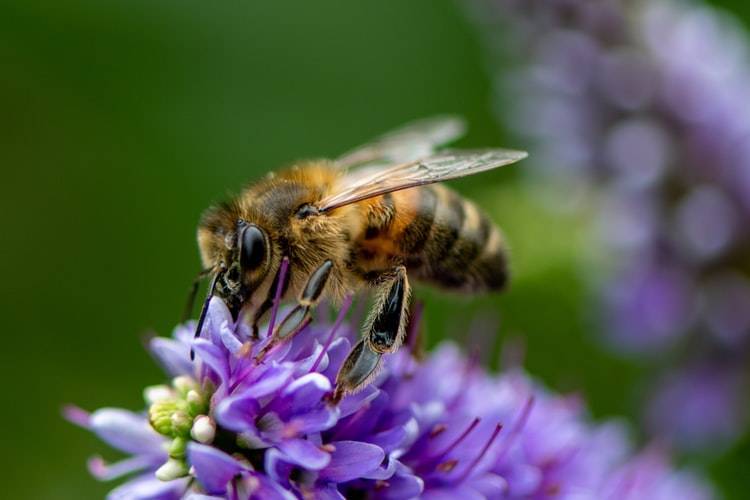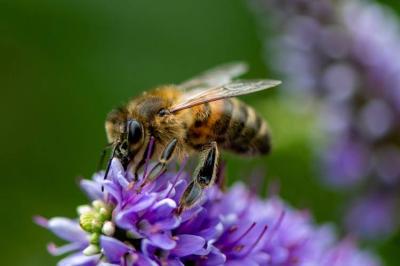As an intruder approaches, the buzzing of bees intensifies, and a swarm appears on the horizon, ready to defend the colony against any aggressor using their sting as a weapon. This collective defensive behavior of bees against predators or humans remains a topic of many questions, which were addressed by a multidisciplinary team of researchers from the Universities of Constance and Innsbruck through a study recently published in BMC Biology. The study combined behavioral experiments of bees and demonstrated that individual bees decide whether or not to sting based on the presence and concentration of "alarm pheromones." Pheromones are compounds made of complex organic molecules used for signaling from one organism to another, being more specialized than scents so that the target organism can detect them in very small quantities carried by air, aiming to attract certain animals or to alert of imminent danger.
Scientists indicate that each bee has an unstable likelihood of stinging, but at least two internal thresholds for pheromone concentration are evident: one to initiate stinging and another to stop it. The calculations in the study revealed that many environmental factors, such as the rate and variety of predators, likely led to the evolution of pheromone-based communication among bees during their defensive behavior.
**How Do Bees Sting?**
When a predator attacks a honey bee colony or if a person approaches the hive - whether intentionally or not - the bees launch a coordinated attack to defend the colony and scare off the intruder. According to the study, the presence of alarm pheromone serves as a crucial trigger for the bees to begin the chase and sting the intruder. In the event of an attack, the pheromone is released either actively - by guard bees - or automatically upon stinging. Dr. Morgan Novian, a biologist from the University of Constance and the main author of the study, states, "The pheromone does not only convey information about the presence of an intruder but also about the intensity of the counterattack carried out by the colony. The more bees sting the intruder, the more alarm pheromone is released with each sting, and its concentration increases."
To understand how bees can use this information to make the ultimate decision to sting for the benefit of the colony, potentially sacrificing themselves in the process, scientists observed individual responses from honey bees (Apis mellifera) from three colonies. By using different concentrations of both natural and synthetic alarm pheromones and a dummy predator, they revealed that aggression toward the attacking body - measured as the likelihood of stinging - initially increases with the concentration of alarm pheromones until it peaks, after which aggression decreases again at high concentrations. Researchers noted that this is the first time aggression has been seen to decrease at high pheromone concentrations under controlled experimental conditions. Novian speculates that one possible reason for the reduction in aggression at high pheromone concentrations could be the bees' desire to avoid excessive stinging and unnecessary sacrifice, especially when the attacker is doomed to defeat.
**A Superorganism**
According to scientists, in social insect communities, whether honey bees or other social species like ants, individuals often coordinate their actions for the benefit and survival of the colony. For this reason, evolutionary selection in these insects affects the group rather than the individual level. Typically, when a living organism dies, it can no longer pass its genes to the next generation. However, in a bee colony, the queen is responsible for reproduction. If a bee dies while defending the hive and saves the queen, the colony can continue to reproduce. This demonstrates that a bee colony functions as a "superorganism"; therefore, the behaviors of its individual members can only be understood through the collective outcome they contribute to.




